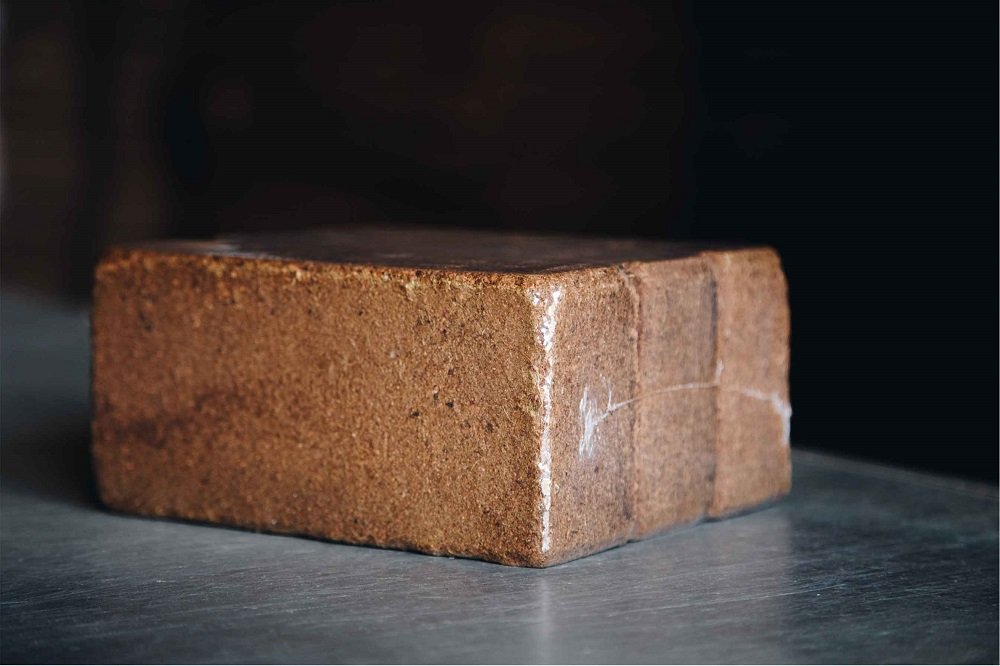
Wants to know how to use coconut coir bricks? Coconut coir is a natural and sustainable alternative to peat moss, commonly used in gardening and agriculture. It is derived from the husk of coconuts, which makes it an eco-friendly and renewable resource. One of the most popular forms of coconut coir is in brick form, which is a convenient way to transport and store the material.
In this article, we will discuss the benefits of using coconut coir bricks and provide a step-by-step guide on how to use them effectively.
Benefits of Coconut Coir Bricks
Coconut coir bricks offer several advantages over traditional soil amendments such as peat moss. Here are some of the main benefits:
Environmentally Friendly
Coconut coir is a sustainable and renewable resource. Unlike peat moss, which is extracted from bogs and can take centuries to regenerate, coconut coir is a byproduct of the coconut industry and is readily available.
High Water Retention
Coconut coir has a high water retention capacity, which makes it an excellent choice for gardening and agriculture. It can hold up to 10 times its weight in water, which means that it requires less frequent watering.
Good Aeration
Coconut coir has good aeration properties, which allows for better root growth and healthier plants. It provides a loose, open structure that allows air to circulate freely.
pH Neutral
Coconut coir has a neutral pH, which means that it is not acidic like peat moss. This makes it a great choice for a wide range of plants.
Pest and Disease Resistant
Coconut coir has natural antifungal properties, which make it resistant to pests and diseases. This can help reduce the need for pesticides and other chemicals.
How to Use Coconut Coir Bricks
Now that we have discussed the benefits of using coconut coir bricks let’s take a look at how to use them.
Step 1: Preparing the Brick
To use coconut coir bricks, you will need to rehydrate them first. To do this, place the brick in a large bucket or container and add water. The brick will absorb the water and expand, so make sure to use enough water to fully submerge the brick. Let the brick soak for at least 30 minutes to an hour.
Step 2: Fluffing the Coir
Once the brick has expanded, it will be compacted and may have some large lumps. To fluff the coir, use your hands or a garden fork to break up any large clumps and separate the fibers. You want to create a light, fluffy texture that will provide good drainage and aeration.
Step 3: Mixing with Soil
Coconut coir can be used as a soil amendment to improve the structure and water-holding capacity of soil. To use it as a soil amendment, mix it with soil in a 1:1 ratio. For example, if you have 10 gallons of soil, you would add 10 gallons of coconut coir.
Step 4: Using as a Potting Mix
Coconut coir can also be used as a potting mix for container gardening. To create a potting mix, mix coconut coir with perlite or vermiculite in a 1:1 ratio. You can also add compost or other organic matter to the mix to provide additional nutrients.
Step 5: Using as a Mulch
Coconut coir can also be used as a mulch to help retain moisture in the soil and prevent weed growth. To use it as a mulch, spread a layer of coconut coir over the soil surface, making sure to leave a few inches around the base of the plant.
Coconut coir can also be used as a base layer for plants that require good drainage, such as succulents or cacti. Simply spread a layer of coconut coir at the bottom of the pot before adding soil.
Step 6: Watering
When using coconut coir, it’s important to adjust your watering habits. Coconut coir has a high water retention capacity, so you will need to water your plants less frequently than with traditional soil. However, you also want to make sure that the coir doesn’t dry out completely, as it can be difficult to rehydrate. Aim to keep the coir moist but not waterlogged.
Step 7: Reusing Coconut Coir
Coconut coir can be reused multiple times, making it a cost-effective and sustainable option. To reuse coconut coir, simply rinse it with water to remove any debris or old roots, fluff it up, and use it again.
Tips for Using Coconut Coir Bricks
- Make sure to fully rehydrate the brick before using it.
- Fluff the coir to create a light, fluffy texture.
- Use coconut coir as a soil amendment, potting mix, mulch, or base layer.
- Adjust your watering habits to account for the high water retention capacity of coconut coir.
- Reuse coconut coir multiple times to save money and reduce waste.
Conclusion
Coconut coir is a versatile and sustainable alternative to peat moss that offers several benefits for gardening and agriculture. By using coconut coir bricks, you can easily transport and store this valuable resource.
Follow our step-by-step guide to using coconut coir effectively, and enjoy healthier plants and a more sustainable garden.
Editorial Staff
Editorial Staff at Earthscape who are experts about coir products.
